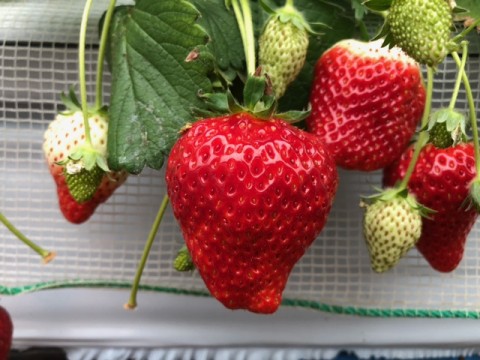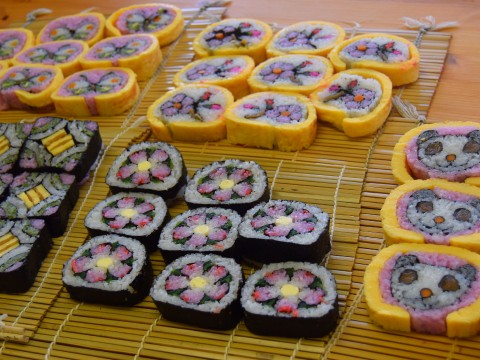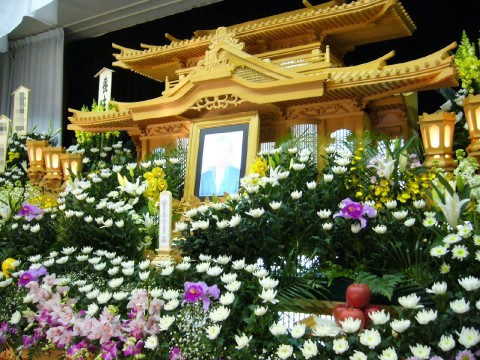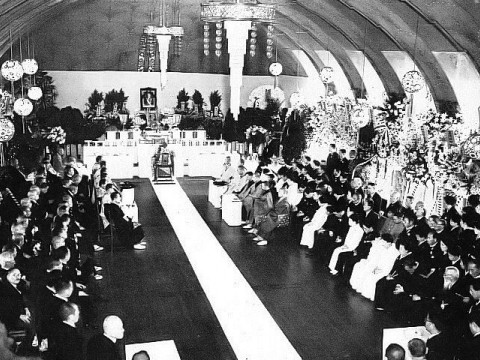Nagareyama and the Shinsengumi
The Shinsengumi were a group of swordsmen established by the Tokugawa Shogunate in 1863. Formed as a special police force to maintain order in the streets of Kyoto, the group later fought for the shogunate against the Meiji government's anti-shogunate forces. They were originally known as the Roshigumi, with most of the swordsmen being ronin – samurai without masters. The word Shinsengumi translates to “newly-established brigade.”
The Meiji government was formed during the Meiji Restoration, the political revolution that occurred in Japan in 1868. Numerous battles occurred between the new government and the shogunate army over the following year and a half, resulting in heavy bloodshed. After the Shinsengumi were defeated in several important battles, they headed for the Aizu domain, as the Aizu clan were loyal to the shogun. On the way there, they took up positions around Nagareyama to defend themselves from potential attack, which is why Nagareyama has several historical sites related to the Shinsengumi around the city.
Shinsengumi leader Kondo Isami and his second-in-command Hijikata Toshizo used the building of a company named Nagaoka-ya as their headquarters in Nagareyama. The Nagaoka-ya building is no longer there. Instead, a traditional Japanese earthen warehouse that stood elsewhere when the Shinsengumi occupied the city was moved to replace it. Today, there is a monument and an informative panel for tourists next to the warehouse to mark the location's historical significance.
At the Nagareyama City Museum, there are many historical items related to the Shinsengumi on display, such as the stairs of the Nagaoka-ya building, where Kondo Isami had his headquarters. There is also the diary of a villager who describes the surprise and commotion caused among the townspeople when the Shinsengumi arrived in Nagareyama.
Nagareyama is where Kondo Isami parted ways with his second-in-command, Hijikata Toshizo. After the Shinsengumi were surrounded by Meiji government forces, Kondo surrendered. He was taken to Itabashi in the capital of Edo (present-day Tokyo) and executed. Hijikata Toshizo moved on to Aizu and later died in battle in Hakodate City in Hokkaido.
Right next to Kondo Isami's headquarters is Akimoto Shrine. It is said that Kondo and Hijikata prayed here for victory in battle when they decided to use the Nagaoka-ya building as their headquarters. Other Shinsengumi-related places in the city include Komyoin Temple and Ryusan-ji Temple, where Shinsengumi members are recorded to have stayed, and Sengen-jinja Shrine, where the Meiji government's army established its own headquarters.
“In addition to the locations related to the Shinsengumi, there are some buildings around this area that existed during the Shinsengumi period and are still standing there today,” says Mr. Kitazawa Shigeru of Nagareyama City Museum. “I would like to encourage everyone to come to Nagareyama, take a walk around the city and experience the historical atmosphere of Meiji Restoration period Japan.”
Visit Nagareyama City to learn more about the Shinsengumi and what their legacy means to modern Japan.

CHIBA-KUN
Japan








![[A Highly Recommended Glamping and Camping Site for the Family: "THE FARM"] images](http://cdn.deepjapan.org/content/images/.cache/_image1_1_wpSvcw1602050303681_5_480_360_90.jpg)








